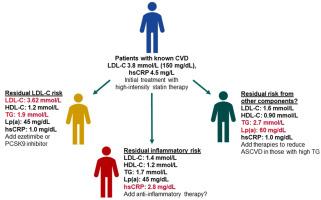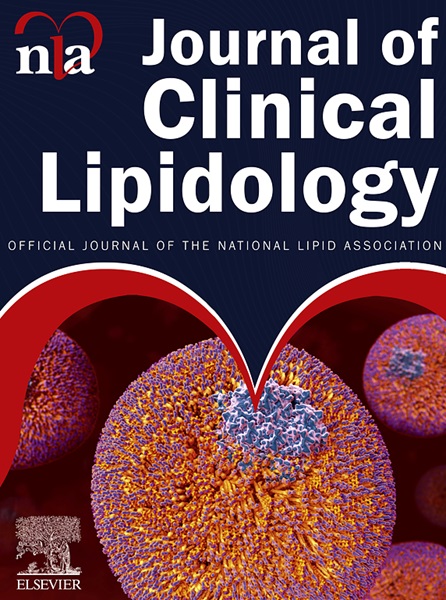解决他汀类药物治疗之外的残余风险:血脂异常管理的新目标--欧洲心脏病学会心血管圆桌会议报告
IF 3.6
3区 医学
Q2 PHARMACOLOGY & PHARMACY
引用次数: 0
摘要
在欧洲,心血管疾病是最常见的死亡原因。尽管降脂治疗的益处已得到证实,但其效果仍不理想。即使是患有动脉粥样硬化性心血管疾病(ASCVD)的高风险患者,也往往达不到治疗目标。本文章由计算机程序翻译,如有差异,请以英文原文为准。


Addressing residual risk beyond statin therapy: New targets in the management of dyslipidaemias–A report from the European Society of Cardiology Cardiovascular Round Table
Cardiovascular (CV) disease is the most common cause of death in Europe. Despite proven benefits, use of lipid-lowering therapy remains suboptimal. Treatment goals are often not achieved, even in patients at high risk with atherosclerotic CV disease (ASCVD).
The occurrence of CV events in patients on lipid-lowering drugs is defined as “residual risk”, and can result from inadequate control of plasma lipids or blood pressure, inflammation, diabetes, and environmental hazards. Assessment of CV risk factors and vascular imaging can aid in the evaluation and management decisions for individual patients.
Lifestyle measures remain the primary intervention for lowering CV risk. Where drug therapies are required to reach lipid treatment targets, their effectiveness increases when they are combined with lifestyle measures delivered through formal programs. However, lipid drug dosage and poor adherence to treatment remain major obstacles to event-free survival.
This article discusses guideline-supported treatment algorithms beyond statin therapy that can help reduce residual risk in specific patient profiles while also likely resulting in substantial healthcare savings through better patient management and treatment adherence.
求助全文
通过发布文献求助,成功后即可免费获取论文全文。
去求助
来源期刊
CiteScore
7.00
自引率
6.80%
发文量
209
审稿时长
49 days
期刊介绍:
Because the scope of clinical lipidology is broad, the topics addressed by the Journal are equally diverse. Typical articles explore lipidology as it is practiced in the treatment setting, recent developments in pharmacological research, reports of treatment and trials, case studies, the impact of lifestyle modification, and similar academic material of interest to the practitioner.
Sections of Journal of clinical lipidology will address pioneering studies and the clinicians who conduct them, case studies, ethical standards and conduct, professional guidance such as ATP and NCEP, editorial commentary, letters from readers, National Lipid Association (NLA) news and upcoming event information, as well as abstracts from the NLA annual scientific sessions and the scientific forums held by its chapters, when appropriate.

 求助内容:
求助内容: 应助结果提醒方式:
应助结果提醒方式:


